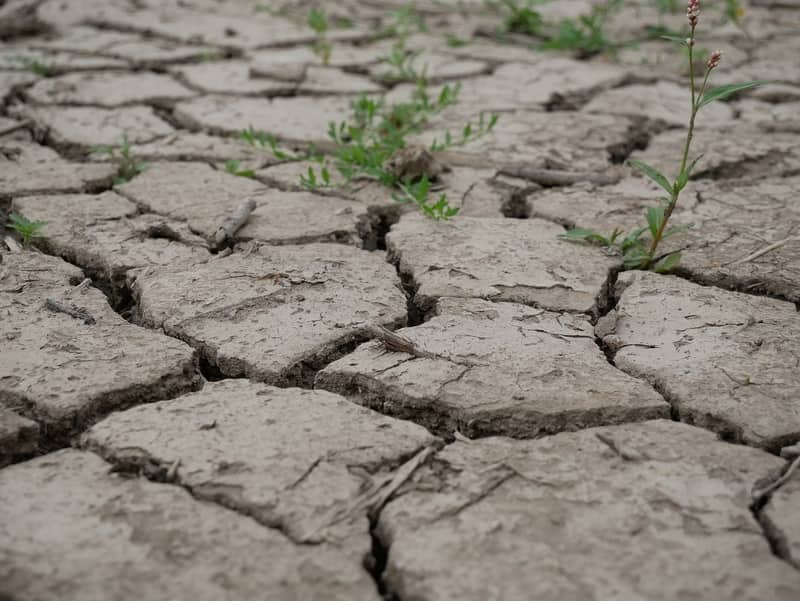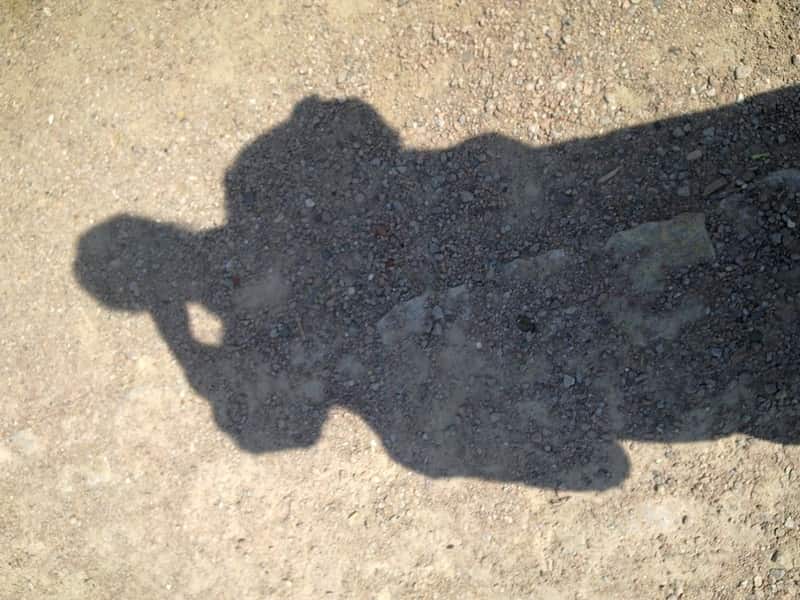Whether you are a green-fingered enthusiast, or if you only set foot outside when it’s starting to look more like a jungle than a yard, it can be beneficial to know what the different soil types are so that you can identify what type is in your yard, and take steps to ensure your outside space not only survives, but thrives too.
Ensuring that you have good soil is the backbone of creating a healthy and vibrant yard; providing your plants with key nutrients as well as proper drainage.
Thankfully, this problem can be corrected, but first you need to know your soil types, so you can choose the right types of plants for your yard.
Clay Soil

Clay soil is extremely easy to identify; it feels sticky when wet and can be easily molded into a ball, whereas in dry conditions it becomes solid and hard. If you have a clay soil yard, fruit trees, perennials and shrubs should be your go-to plants as they thrive in this rich soil.
Silty Soil
If your soil feels soft and slightly soapy to touch, then you have a silty soil yard. As well as being dense in key nutrients for your plants, this type of soil’s soft texture means that the actual planting stage is very easy and quick.
The only problem with this type of soil is that it is quite wet, you need to make sure you have an adequate drainage system in place, or your plants could struggle to breathe and will wilt and die. Wet soil that does not have adequate coverage can become eroded, click here for more information on controlling soil erosion in your yard.
Sandy Soil

Signs of a sandy soil yard include dry and gritty soil that crumbles easily. Although easy to cultivate, this type of soil does not contain a lot of nutrients, so you will need to add fertilizer if you want to grow in this type of soil, as well as possibly using mulch to aid water retention.
Root vegetables are able to grow in this soil as are bulbs such as tulips and daffodils.
Peaty Soil
Peaty soil is damp and spongy in texture and due to its high acidity levels, it does not contain as many nutrients as other soil types.
Drainage is vital, as is the addition of fertilizer if you want any plants to flourish in this type of soil. Stick to vegetable crops and hardy shrubs such as witch hazel.
Chalky Soil
If you often find a lot of stones within your soil, as well as chalk or limestone bedrock when you start to dig deeper, then you have a chalky soil yard. This type of soil can be problematic as its high alkaline levels are not great for promoting plant growth.Therefore, a fertilizer is a must if you want to grow in this type of soil.
Loamy Soil
If you have this type of soil in your yard you have hit the jackpot; it is an even mix of sand, silt and clay which means it drains well, is rich in nutrients, easy to cultivate and warms up quickly in the spring without becoming too dry.
Related:

